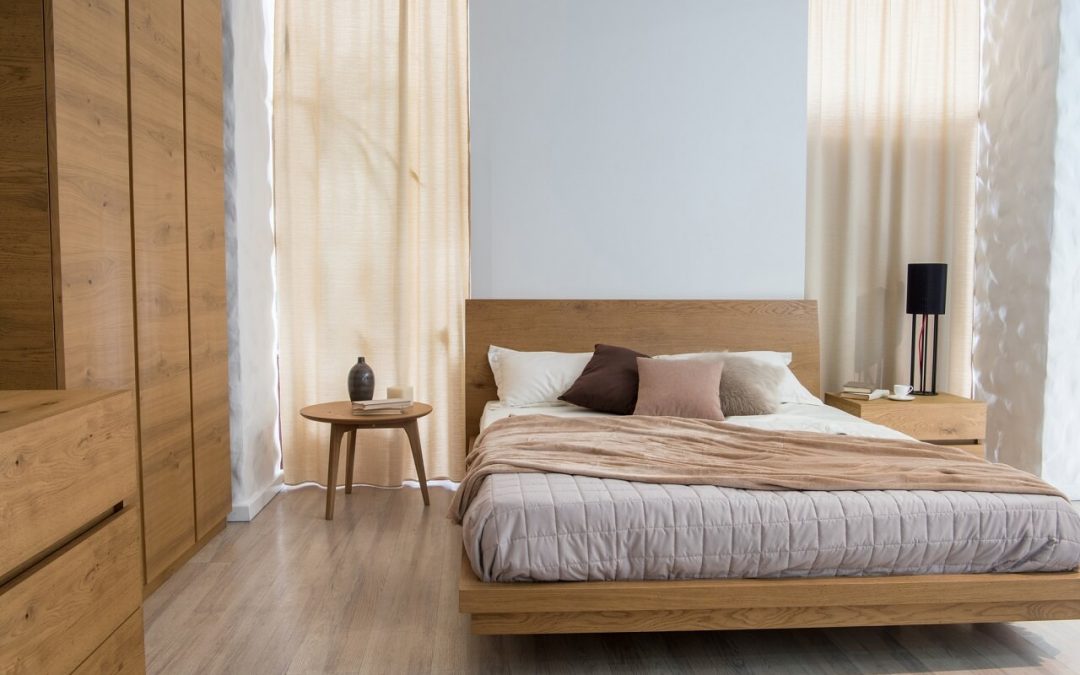How you maintain your home environment plays a significant role in your household’s overall health and wellness. Taking these steps to make your home healthy and safe will keep your home more comfortable and your family healthy.
Eliminate Mold
Mold growth can cause a variety of health problems including nasal irritation, allergic reactions, and asthma symptoms. Since mold thrives in moist environments, the best way to prevent mold growth is to get rid of excess moisture. Leaky faucets should be repaired. Keep your bathroom well-ventilated. If your home has visible mold growth, hire a professional to remediate your mold problem.
Dust Often to Keep Your Home Healthy and Safe
An excessive amount of dust can worsen the symptoms of asthma and allergy sufferers. Minimize the discomfort of your household and visitors by dusting at least twice each week.
Maintain Working Smoke and Carbon Monoxide Detectors
Having smoke and carbon monoxide detectors in the right parts of your home is essential to keeping your home healthy and safe. Every room that someone sleeps in should have a smoke detector. Also, place a smoke detector just outside each sleeping area. Install a smoke detector and a carbon monoxide detector on every level of your home and remember to test them monthly.
Filter Your Water
While municipal water suppliers are required to meet water quality standards, those standards may not be high enough to maintain optimum health. In addition, pipes in older homes sometimes release lead into your water.
Have your water tested or get a copy of your municipality’s water quality report to learn what contaminants are in the water. Make sure your water filter is designed to remove the specific contaminants from your water supply.
Reduce Volatile Organic Compounds
Certain materials release volatile organic compounds (VOCs) as gases. VOCs can cause health problems such as upper respiratory irritation, nausea, headaches, liver damage, cancer, kidney damage, and nerve damage.
Because of these risks to your health, it’s important to reduce your exposure to VOCs. Sources of VOCs found in homes include:
- paint and paint strippers
- cleaning supplies
- cigarettes
- air fresheners
- moth repellents
- recently dry-cleaned clothing
- new carpets
- pesticides
To keep your home healthy and safe from VOCs, use low-VOC paint on your walls. Avoid smoking inside your house. Minimize or eliminate the use of air fresheners and only use non-toxic natural cleaning supplies. Instead of picking up dry cleaning as soon as it’s ready, leave it the shop for a few days. Replace carpets with hardwood floors, ceramic tile, linoleum, or cork flooring.
Test for Radon
Radon is a naturally occurring gas that comes from the soil into your home. Exposure to radon gas is dangerous because radon is the second leading cause of lung cancer in the United States. Radon is odorless and cannot be detected by seeing, smelling, or tasting it. Hire a professional to perform a radon test to find out if this carcinogenic gas is in your home.
Weaver Home Inspection provides professional radon testing and other home inspection services to eastern and middle Tennessee. Contact us to book an appointment.

